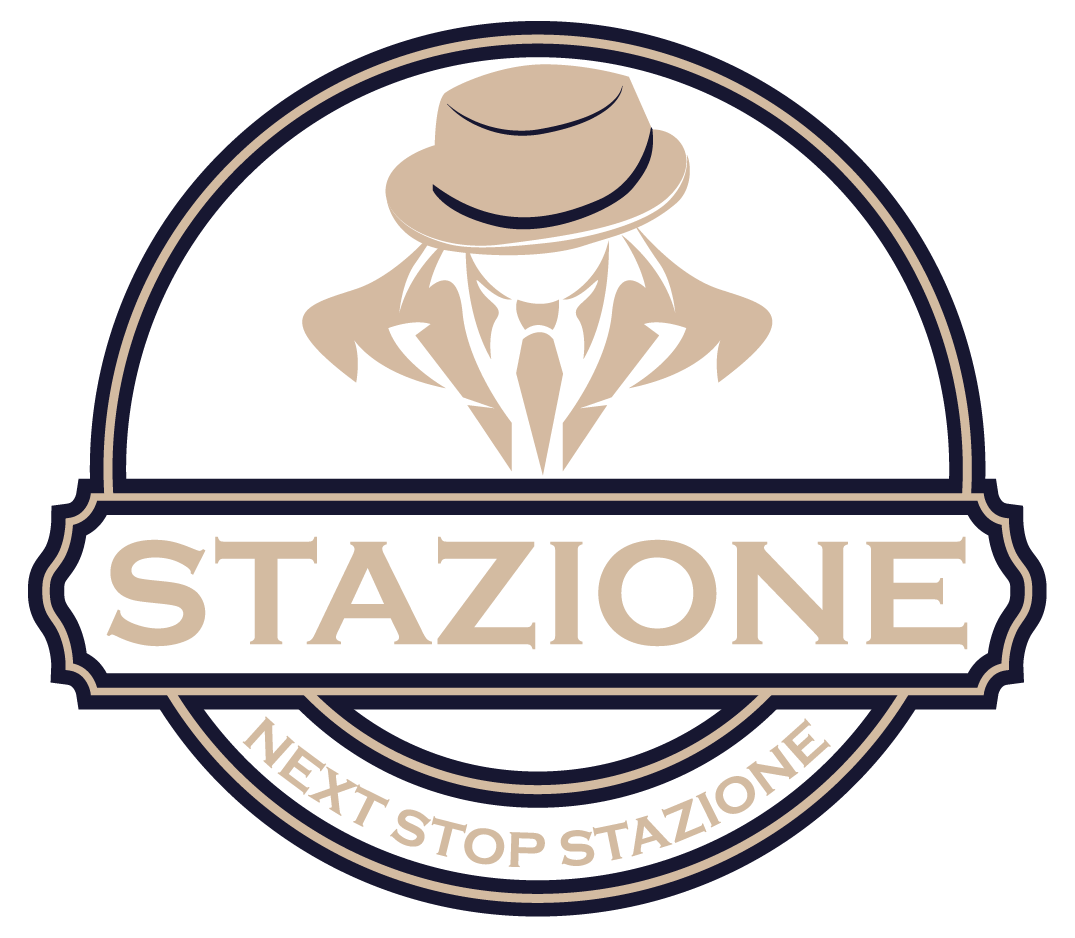About
Fedora Hats
Discovering the Timeless Elegance of the Fedora
With its signature soft brim and distinctive indented crown, the fedora hat has cemented its place as a timeless icon of fashion. Originating as early as 1891, its classic design, featuring a crease down the crown and a stylish “pinch” near the front, has captivated style enthusiasts for generations. Over time, variations such as teardrop crowns and diamond creases have emerged, further enhancing the allure of the fedora and propelling its popularity beyond comparable styles like the homburg.

One of the fedora’s most remarkable features is the versatility of its brim, typically measuring around 2.5 inches wide. Whether left raw, sewn with precision, or adorned with a trim-ribbon, the brim offers endless possibilities for personal expression. Even more intricate finishes, like the coveted Cavanagh edge with its seamless stitching, continue to captivate aficionados. It’s important to note that smaller-brimmed trilbies, while stylish in their own right, are distinct from the classic fedora.
What truly sets the fedora apart is its diverse array of materials, ranging from luxurious wool and cashmere to exotic options like vicuña and mohair. Each material adds its own touch of sophistication to this timeless headpiece. Special variations, including rollable and crushable styles with customizable crowns, offer both style and practicality. Features like ventilated crowns, decorative feathers, and optional chinstraps add to the fedora’s irresistible charm.
The Enduring Legacy of the Fedora: A Journey Through Time
The fedora reached the zenith of its popularity during the mid-1920s, becoming synonymous with the glamour of the Prohibition era and the mystique of gangsters. Its allure continued through the noir films of the 1940s and 1950s, immortalizing it as a symbol of sophistication and intrigue. Although its prominence waned in the late 1950s with the rise of casual attire, the fedora experienced resurgences in the mid-1970s, 1980s, and early 2000s.
The enduring appeal of the fedora can be attributed in part to its association with iconic figures in popular culture. Hollywood legends like Humphrey Bogart and Frank Sinatra elevated the fedora to legendary status, embodying masculinity and mystery on the silver screen. In the realm of sports, coaches like Paul “Bear” Bryant and Tom Landry made the fedora a symbol of authority and style.
In the seventies, the fedora experienced a cinematic revival with the advent of characters like Indiana Jones, further solidifying its place in popular imagination. From the silver screen to the stage, the fedora continued to make its mark, with figures like Michael Jackson leaving an indelible impression with their iconic headwear.
The Fedora Today: A Symbol of Timeless Style
In recent years, musicians like Justin Timberlake and Britney Spears have kept the fedora in the spotlight with their stylish live appearances. Notable figures such as writer Terry Pratchett have also contributed to its enduring appeal, making it a symbol of individuality and sophistication.
Television shows like Mad Men and Boardwalk Empire have further propelled the fedora into the modern consciousness, showcasing characters who embrace fashion while exuding confidence and masculinity. For many, embracing the fedora is not just a fashion statement but a nod to a bygone era of timeless elegance.
While its popularity may have ebbed and flowed over the years, the fedora remains a testament to enduring style and sophistication, making it one of the most iconic hats of all time.




